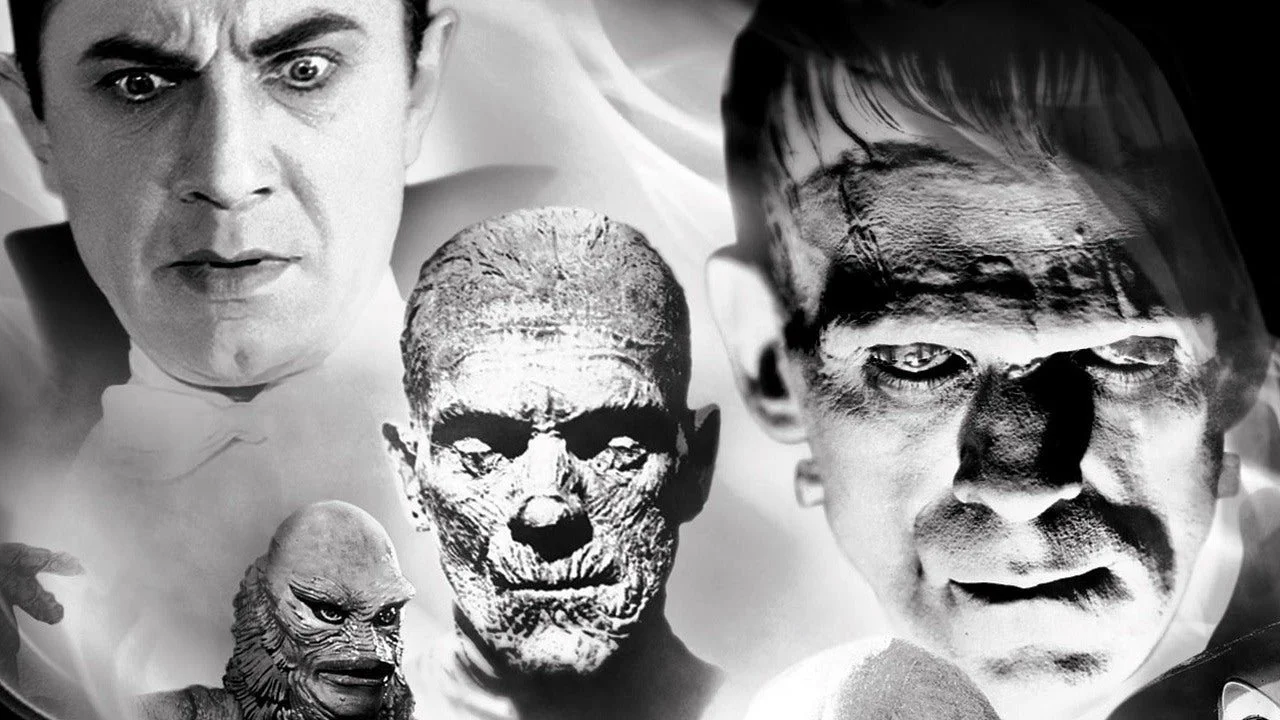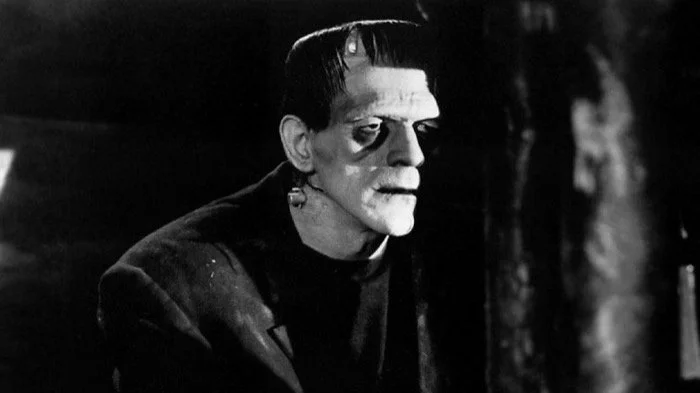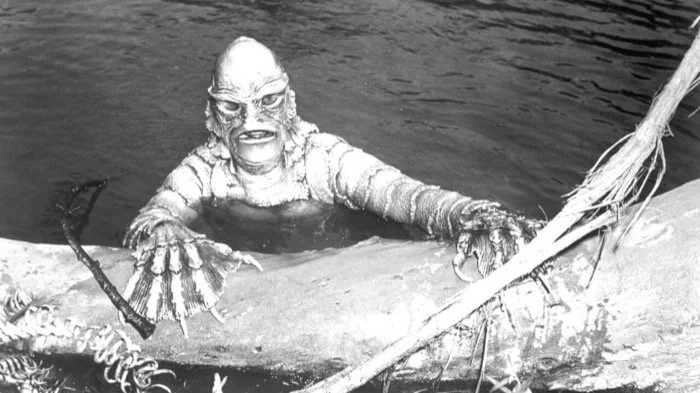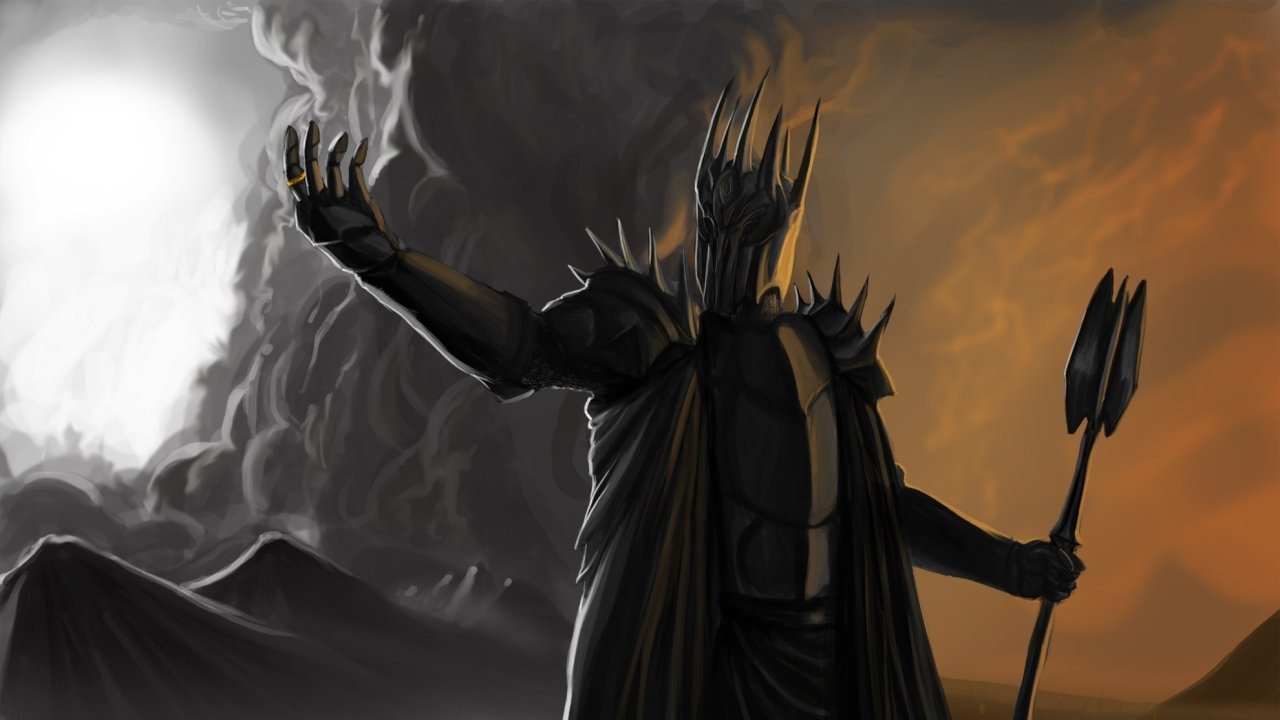Lookback: Iconic Monster Films Pt. II: 'Frankenstein' (1931) And 'Creature From The Black Lagoon' (1954)
Image Source: IGN
When I turned on Frankenstein (1931), I saw something I was not expecting. James Whale’s film opens with a man walking onto a stage. What follows is a warning. The man, dressed immaculately, cautions the viewers about the strain the spectacle and themes explored in the film could put on the audience. I tried to place myself in the mind of a viewer when this film was released in 1931. Faraway from modern horror classics that have come to define the genre in modernity. How horrifying this must have been, you are just waiting for the justification for such a warning. He finishes his monologue with “Well, we’ve warned you.” Which is, of course, iconic.
I explained in a previous article for Culture Slate that so much of what we think of in terms of what a monster is, and what a monster film is, has been brought about by Universal Studios. A group of spectacularly talented people changed the world of film forever by bringing us lasting images of horror that we bought. Bela Lugosi, Boris Karloff, and Jack Pierce were some of the most pivotal talents that created and portrayed the monsters in such a way that they would become iconic. Today, we will take a look back at James Whale’s Frankenstein (1931) and Jack Arnold’s The Creature From The Black Lagoon (1954)!
RELATED:
Frankenstein (1931)
Image Source: BBVA OpenMind
Any piece that discusses the Frankenstein Monster, be it a discourse on the film or the character, must begin with Boris Karloff. Released the same year that Bela Lugosi would portray Count Dracula in Dracula (1931), the early 1930s became an important cinematic juncture for horror cinema. Monster films weren’t just interesting to audiences, they were on their way to becoming a legitimate commodity in the marketplace. However, it is possible none of the people involved could predict the impact of the projects they were involved in.
The Frankenstein Monster as portrayed in this film became the understood representation of what the character was until modernity. Ironically, Karloff isn’t even credited in the opening credits of the film (there is a question mark in place of an actor’s name to lean into the intrigue of the character). Other forms of media have veered from the iconic look, but the commodified Frankenstein monster is absolutely Karloff’s. Consider the loving parodies that followed, notably Mel Brooks’ comedy classic, Young Frankenstein (1974) that adopt not only the aesthetics of Karloff and Jack Pierce’s incredible creation but also the demeanor as well.
The Creature From The Black Lagoon (1954)
Image Source: JoBlo
Jack Arnold’s film comes to audiences fluent in dingy castles and small village settings. They are accustomed to ghoulish frights from the shadows and the slow pursuit of mummies newly risen from the dead by ancient curses. The Creature From The Black Lagoon (1954) understands the pivoting cinematic landscape around it and reintroduces monsters into the adventure film. This film succeeds in embracing the mystery element that would become so at home in horror flicks.
Where the adventure genre had been growing and evolving, Arnold’s take on a monster film connected the frights of old with the ever-growing thrills of the adventure genre. Films like Merian C. Cooper and Ernest B. Schoedsack’s King Kong (1933) and Michael Curtiz and William Keighley’s The Adventures of Robin Hood (1938) had given the adventure genre breath, while Victor Fleming’s The Wizard of Oz (1939) gave it transcendent storytelling. Jack Arnold’s The Creature From The Black Lagoon (1954) was one of the films that gave it horror.
Thank you for joining us on this trip back to two monster classics! We hope you had fun and have an awesome spooky season! See you next time!
READ NEXT:
Source(s): Universal Monsters Database





